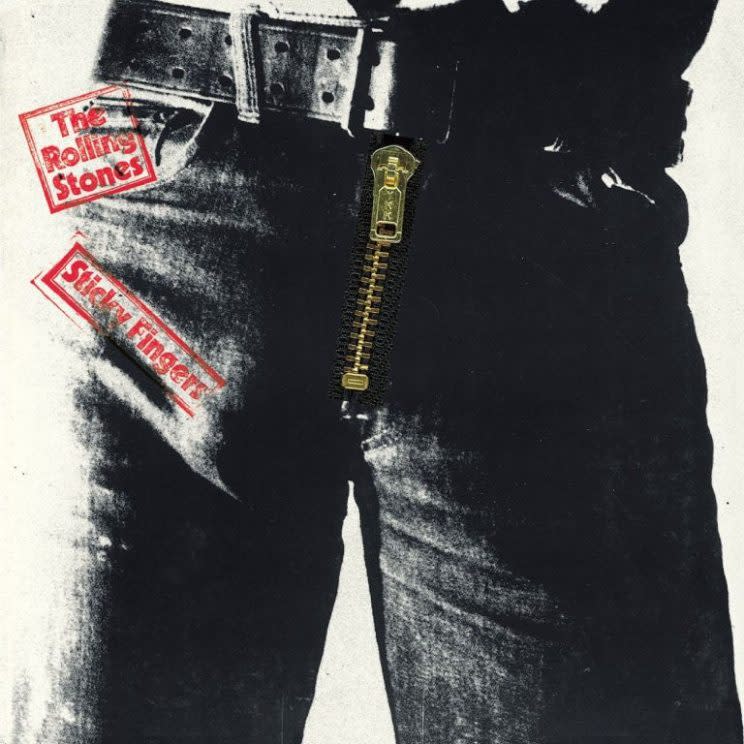Here's the 1969 Mick Jagger letter to Andy Warhol about designing a Rolling Stones album
In the late 1960s, the Rolling Stones was on its becoming one of the most famous, successful bands on the planet. Famous pop artist Andy Warhol was creating artwork at “The Factory” in the Union Square area of New York City.
Th Stones ask Warhol to design the album cover for their upcoming album ‘Sticky Fingers.’ On April 21, 1969, frontman Mick Jagger sent this letter to famed pop-artist Andy Warhol giving him more details on the job.

Dear Andy,
I’m really pleased you can do the art-work for our new hits album. Here are 2 boxes of material which you can use, and the record.
In my short sweet experience, the more complicated the format of the album, e.g. more complex than just pages or fold-out, the more f—-d-up the reproduction and agonising the delays. But, having said that, I leave it in your capable hands to do what ever you want………..and please write back saying how much money you would like.
Doubtless a Mr. Al Steckler will contact you in New York, with any further information. He will probably look nervous and say “Hurry up” but take little notice.
Love,
Mick Jagger

Jagger is deferential to Warhol, essentially giving the artist free artistic rein and a blank check. The only advice he offers is that complex designs can cause agonizing delays — advice the eccentric artist of course completely ignored.
When the album came out in 1971, the sleeve featured an actual, working zipper — when you pulled it down it revealed the model’s underwear. And Jagger was right — the elaborate design did end up causing some problems. When the albums were stacked together for shipping, the zipper pulls were scratching the record on top.
Craig Braun, the owner of Sound Packaging Corporation, which manufactured the album sleeves, told The New York Times he had the idea to “pull the zipper down far enough so that the round part would hit the center disc label.”
“It worked and it was even better to see the zipper pulled halfway down,” Braun said.

Given Jagger’s sex symbol status at the time, many fans assumed he was the model. In reality, the model’s identity remains a mystery more than four decades later.
According to the New York Post, “Warhol arranged to photograph several men from the waist down. After the photo shoots, he never told anyone the identity of the man on the cover, or even whether the jeans model and the underwear model were the same person.”
Several people have claimed to be the mysterious model — Glenn O’Brien, the editor of Warhol’s ‘Interview’ magazine; Joe Dallesandro, who starred in several of the artist’s films; and Jed Johnson, Warhol’s lover at the time — but Warhol never told anyone, including the men he photographed, who he ended up using.
Despite the zipper scratches, the artwork was a hit and played a role in the Stones’ path to superstardom. ‘Sticky Fingers’ hit No. 1 on the Billboard chart, as did the band’s next seven albums.
MORE: Why you won’t truly appreciate college until your mid-30s

